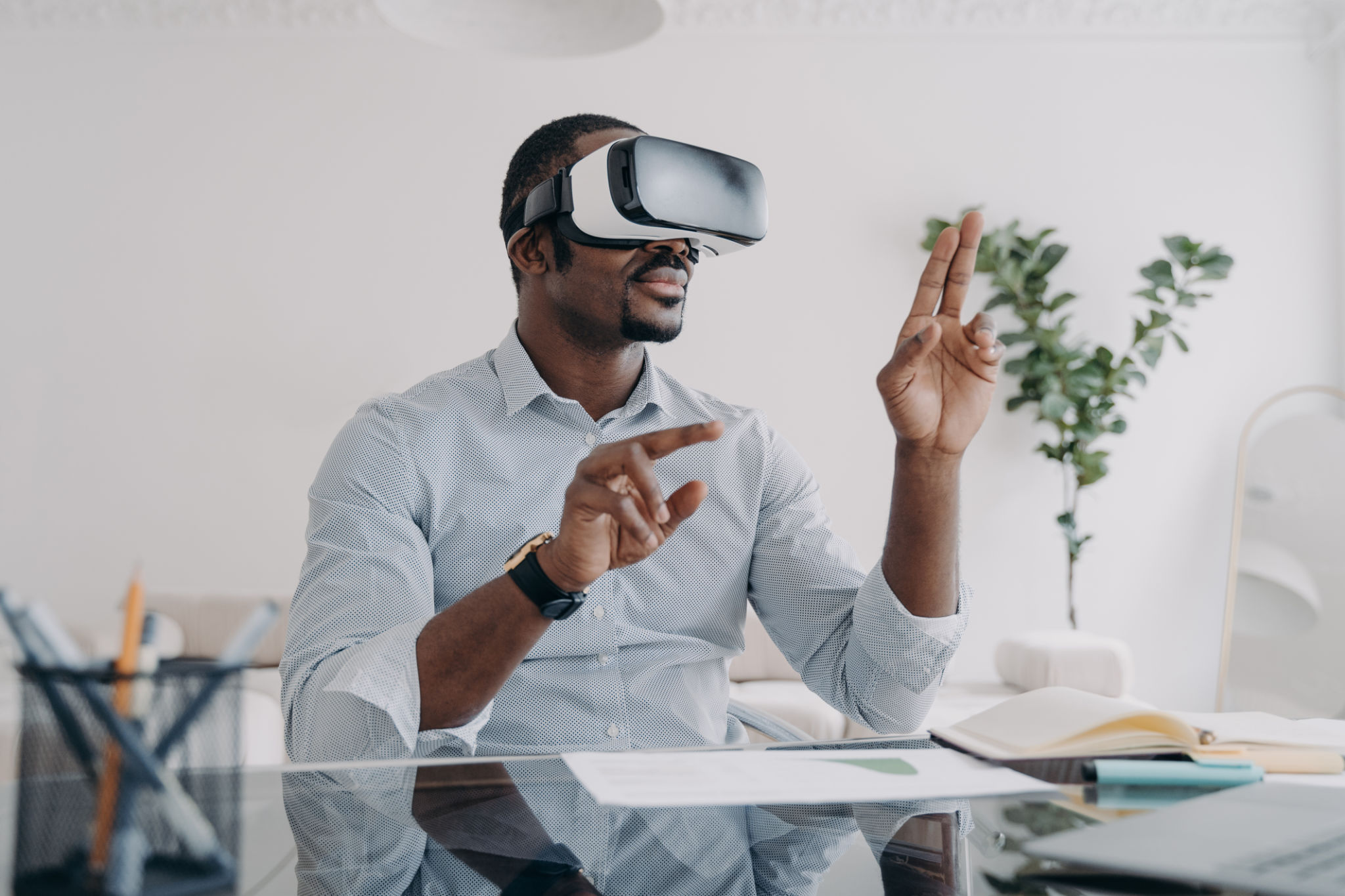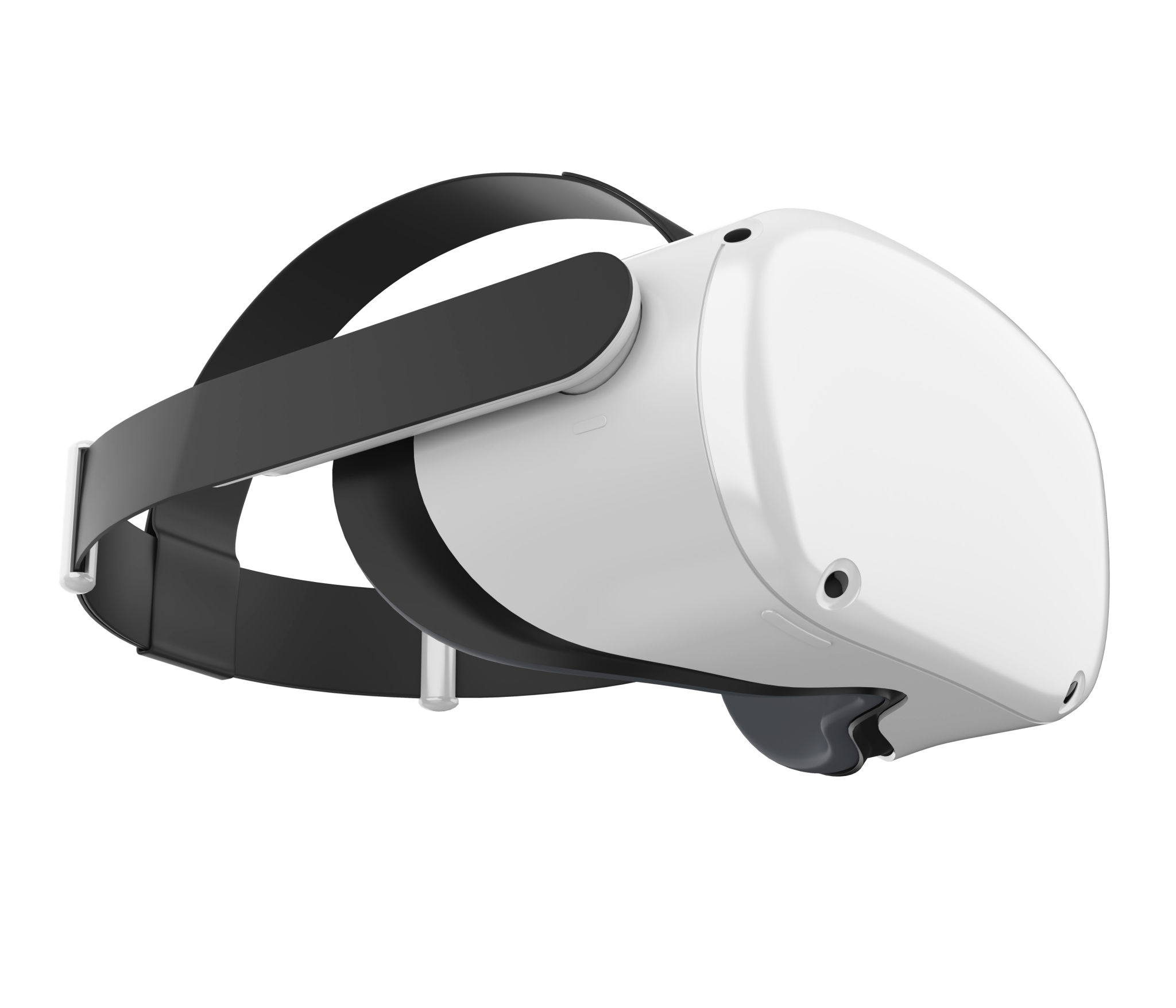A Guide to Choosing the Right VR Solution for Your Business Needs
Understanding Your Business Needs
Before diving into the world of Virtual Reality (VR) solutions, it's crucial to understand your business's specific needs. VR can enhance various aspects of business operations, such as training, marketing, and product development. Identify the areas where VR could have the most impact on your organization. Consider whether you're looking to improve customer engagement, streamline training processes, or visualize complex data.
Take time to evaluate the problems you wish to solve with VR. This foundational step will guide you in selecting a solution that aligns with your objectives and ensures a return on investment. Gathering feedback from different departments can also provide a comprehensive view of how VR could be integrated into your business strategy.

Exploring Different Types of VR Solutions
There are several types of VR solutions available, each catering to different needs. Understanding these options will help you choose the right one for your business.
Immersive VR
Immersive VR provides a fully enveloping experience, often requiring headsets and sometimes additional equipment like gloves or sensors. This type of VR is ideal for industries that need detailed simulations, such as aviation training or medical surgery practice. It offers a realistic environment where users can interact with virtual objects and scenarios.
Non-Immersive VR
Non-immersive VR involves a computer-generated environment displayed on a computer screen. While it doesn't provide the full immersion of VR headsets, it's more accessible and cost-effective. It's suitable for applications like architectural visualizations or basic training modules.

Evaluating Technical Requirements
Once you've identified the type of VR solution that suits your needs, consider the technical requirements. Assess the hardware and software capabilities required to implement the solution effectively. This includes evaluating whether your current IT infrastructure can support VR technology or if you need upgrades.
Consider the compatibility of VR software with your existing systems and the ease of integration. Also, think about the scalability of the solution, especially if you plan to expand its use across different departments or locations in the future.
Budgeting for Your VR Solution
Budget is a significant factor when choosing a VR solution. Costs can vary widely based on the type of VR, its complexity, and the level of customization needed. Set a realistic budget that includes not just the initial investment but also ongoing maintenance, potential upgrades, and training for employees.

Look into potential funding options or partnerships that could offset some costs. Additionally, compare different vendors and solutions to find a balance between cost and functionality, ensuring you get the best value for your investment.
Selecting a Reliable Vendor
Choosing the right vendor is as important as selecting the right VR solution. Look for vendors with a proven track record in delivering successful VR projects in your industry. Assess their customer support services, as responsive support is crucial for troubleshooting and maximizing the effectiveness of your VR solution.
Request case studies or references from previous clients to gauge their experience and reliability. A good vendor should also offer training and support during and after implementation to ensure smooth integration into your business processes.
Implementing and Measuring Success
After selecting a VR solution and vendor, focus on implementation. Establish a clear plan that outlines timelines, responsibilities, and milestones. Ensure that employees receive adequate training to use the new technology effectively.
Finally, measure the success of your VR solution by setting key performance indicators (KPIs) that align with your initial objectives. Regularly review these metrics to assess whether the VR solution is meeting your business needs and delivering the expected benefits.

